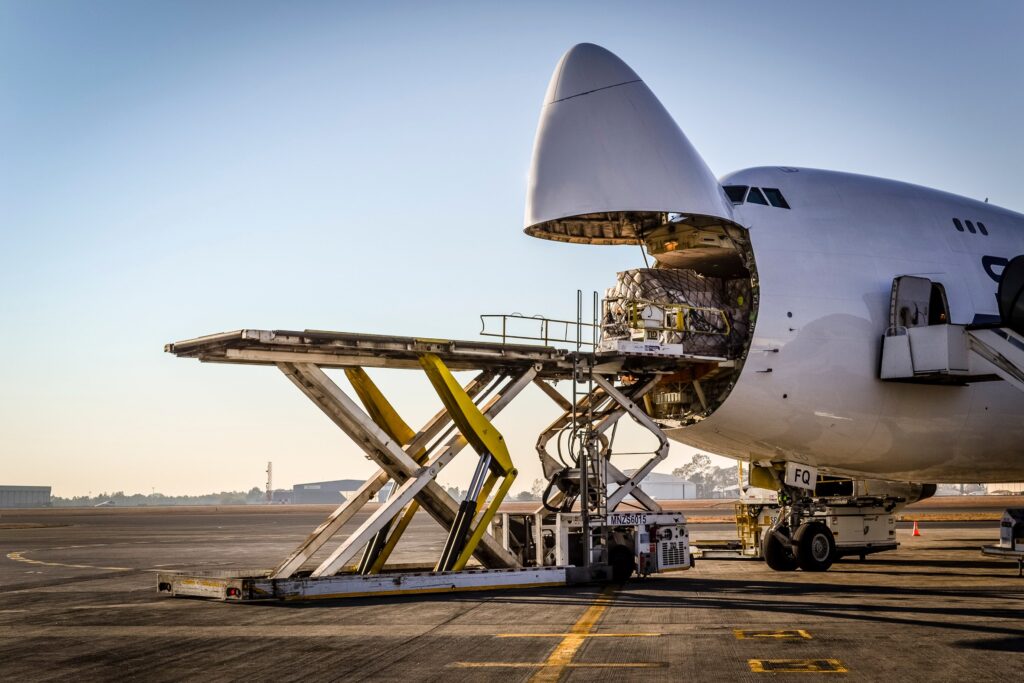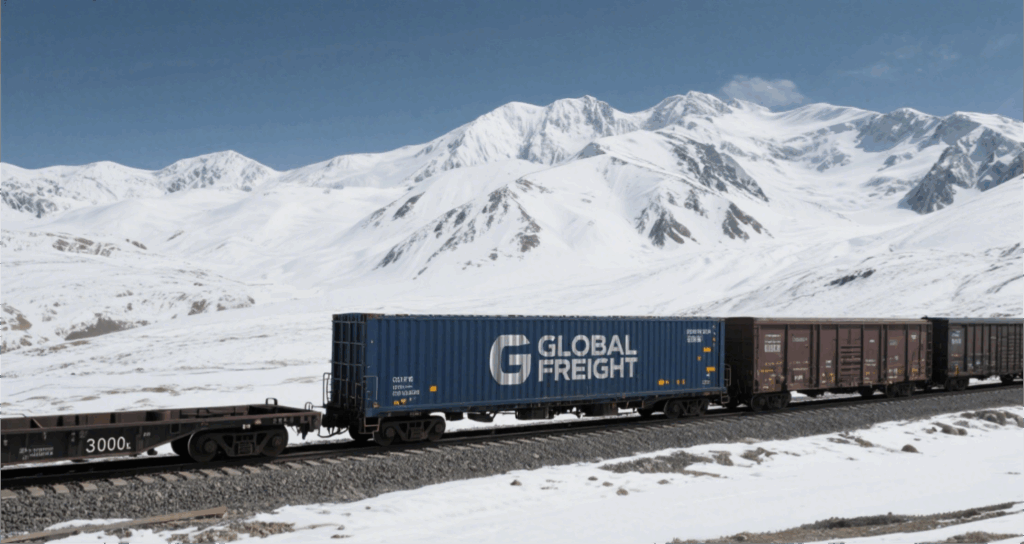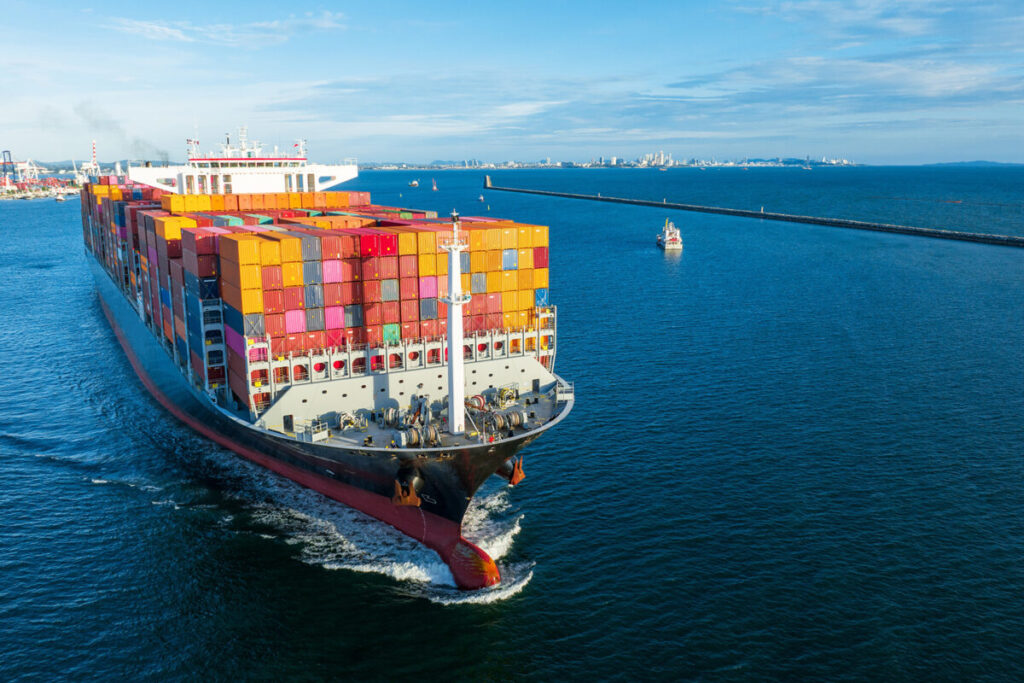- By Della tj
- October 31, 2025
- Rail Freight, Shipping
In today’s global logistics landscape, efficiency and reliability are critical. Choosing professional rail freight from Shenzhen to Canada helps businesses move bulk cargo cost-effectively while maintaining punctual delivery schedules. This comprehensive guide explores rates, documentation, customs, and real-world examples of how rail freight optimizes your international supply chain.

1. Why Choose Professional Rail Freight from Shenzhen to Canada?
Rail freight has become a preferred shipping mode for importers seeking a balance between speed and cost. Although sea freight dominates intercontinental trade, rail connections through Eurasian routes now offer stable schedules and fewer disruptions.
Key Advantages of Rail Freight
| Benefit | Description |
|---|---|
| Cost Efficiency | Up to 40% cheaper than air freight while maintaining timely delivery. |
| Speed | 20–25 days average transit compared to 35–45 days by sea. |
| Reliability | Fewer weather-related delays and predictable timetables. |
| Sustainability | Reduces carbon emissions significantly compared to air transport. |
Moreover, the Shenzhen rail network integrates directly into China–Europe routes via Kazakhstan, Russia, and Poland, then connects by multimodal transport (rail + sea) to Canada, ensuring both flexibility and efficiency.

2. How Does Rail Freight from Shenzhen to Canada Work?
Professional rail freight involves multiple stages managed by experienced logistics providers.
Process Overview
- Cargo Pickup: Goods are collected from factories in Shenzhen.
- Customs Declaration: Export documentation is submitted to Chinese authorities.
- Rail Transport: Containers travel across Eurasia to a European hub (e.g., Hamburg or Rotterdam).
- Sea Transfer: Containers are loaded onto vessels bound for Canada (usually Vancouver or Montreal).
- Import Clearance & Delivery: Customs formalities completed, then cargo is delivered to the consignee.
Additionally, door-to-door solutions combine rail and last-mile trucking to provide seamless logistics support for Canadian importers.
3. What Are the Costs of Rail Freight from Shenzhen to Canada?
Prices for rail freight depend on several factors — weight, container type, cargo category, and destination.
Estimated Cost Table (2025 Average)
| Route | Container Type | Cost (USD) | Transit Time | Notes |
|---|---|---|---|---|
| Shenzhen → Vancouver | 40ft | 3,800 | 22–25 days | Fastest route |
| Shenzhen → Toronto | 40ft | 4,200 | 25–28 days | Rail-sea intermodal |
| Shenzhen → Montreal | 20ft | 2,950 | 26–30 days | Includes customs handling |
Additional Costs:
- Customs inspection fee: $80–150 per container
- Cargo insurance: ~0.3% of cargo value
- Delivery surcharge for remote regions
Indeed, although rates fluctuate based on fuel prices and geopolitical conditions, rail remains a highly stable alternative to sea or air transport for Canadian importers.
Ready to streamline your shipping? Contact us today for a fast, Partner with TopChinaFreight to receive a tailored logistics solution that matches your shipping needs.
4. Required Documents for Rail Freight to Canada
Accurate paperwork is essential to ensure your cargo clears customs smoothly.
Documents Checklist
| Document | Description |
|---|---|
| Commercial Invoice | Declares item value for taxation and duties |
| Packing List | Specifies quantity, dimensions, and weights |
| Bill of Lading (B/L) | Serves as a contract of carriage |
| Certificate of Origin | Confirms goods were produced in China |
| Insurance Certificate | Provides proof of cargo coverage |
| Import Declaration | Filed with Canada Border Services Agency (CBSA) |
In addition, specific goods such as electronics, machinery, or textiles may require compliance certificates or permits under Canadian import laws.

5. Comparing Rail, Sea, and Air Freight from Shenzhen to Canada
Choosing the best transport mode depends on budget, urgency, and cargo nature.
| Mode | Average Transit Time | Cost per 40ft (USD) | Best For | Pros | Cons |
|---|---|---|---|---|---|
| Air Freight | 5–7 days | 7,000–10,000 | Urgent goods | Fastest delivery | Very expensive |
| Rail Freight | 22–28 days | 3,800–4,200 | Medium-value cargo | Reliable, green, cost-effective | Limited capacity |
| Sea Freight | 35–45 days | 2,000–2,800 | Heavy bulk cargo | Cheapest option | Long transit time |
As a result, rail freight perfectly balances time and cost, making it ideal for medium-value goods that cannot withstand air freight pricing but require faster delivery than sea transport.
6. Real Case Studies: Rail Freight from Shenzhen to Canada
Case 1: Consumer Electronics Export
- Route: Shenzhen → Hamburg → Vancouver
- Cargo: 15 tons of smart devices
- Mode: Rail + Sea
- Cost: USD 3,850
- Time: 23 days
- Result: Delivered ahead of schedule, 15% cheaper than air freight, no customs delay.
Case 2: Furniture Manufacturer
- Route: Shenzhen → Warsaw → Montreal
- Cargo: 12 tons of furniture
- Mode: Full Container Load (40ft)
- Cost: USD 4,100
- Time: 27 days
- Result: All goods arrived safely; customs clearance completed in 48 hours.
7. Customs Clearance Tips for Canada-Bound Rail Shipments
Smooth customs clearance ensures faster delivery and prevents demurrage fees.
Practical Tips:
- Pre-Lodge Documents: Submit digital customs declarations before container arrival.
- Ensure Accurate HS Codes: Misclassification leads to unnecessary delays.
- Check Import Permits: Particularly for electronics, chemicals, or textiles.
- Use a Licensed Broker: They coordinate directly with CBSA for faster clearance.
In addition, Canadian customs often conducts random inspections. Having professional documentation and packaging significantly reduces inspection frequency and associated costs.
8. How to Optimize Rail Freight Efficiency and Reduce Costs
Even when using professional rail freight from Shenzhen to Canada, optimization can further cut costs and improve timelines.
Optimization Strategies:
- Book Early: Reserve space at least 3 weeks before departure.
- Consolidate Shipments: Combine multiple consignments into one container.
- Use Digital Tracking: Monitor shipment progress via real-time platforms.
- Choose Strategic Routes: Select the most direct rail-sea intermodal routes to reduce handling.
- Insure High-Value Goods: Protect against transit risks.
Furthermore, collaboration with a skilled logistics partner ensures accurate forecasting, transparent pricing, and long-term shipping stability.
Conclusion
To summarize, professional rail freight from Shenzhen to Canada is one of the most efficient and cost-effective logistics options available today. It offers faster delivery than sea freight, greater affordability than air transport, and consistent reliability across global trade routes. By selecting the right logistics partner, preparing accurate documentation, and planning efficiently, businesses can streamline operations and strengthen their international supply chains.
Without a doubt, choosing professional rail freight ensures your goods move securely, sustainably, and punctually — keeping your business ahead in the competitive world of global trade.
Request a Quote
Need a tailored solution for your shipping from China?
Let TJ China Freight Forwarder assist you with reliable, cost-effective service.
FAQ:
Q1.How long does rail freight take from Shenzhen to Canada?
Transit usually takes 22–28 days, depending on destination, weather, and customs procedures along the Eurasian corridor.
Q2.What are the benefits of rail freight compared to air shipping?
Rail offers lower costs and reduced carbon emissions while maintaining reliable delivery schedules for time-sensitive cargo.
Q3.Can I ship small volumes via rail freight?
Yes, groupage and Less than Container Load (LCL) rail options allow smaller shippers to share container space efficiently.
Q4.What goods are ideal for rail freight from Shenzhen to Canada?
Electronics, auto parts, textiles, and industrial equipment benefit from rail’s speed, safety, and balanced cost structure.
Q5.How is cargo tracked during rail transport?
Professional freight forwarders use digital tracking tools providing real-time updates from Shenzhen to Canadian ports.



